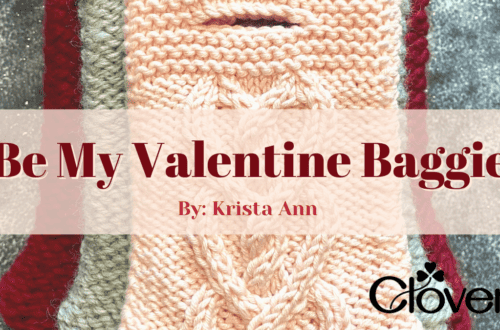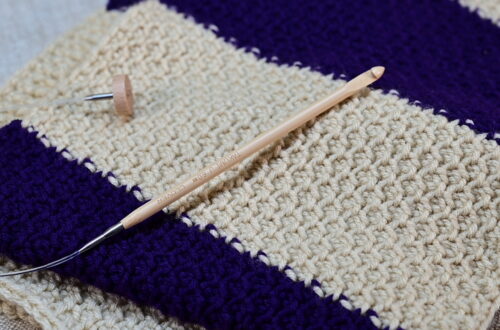Pressing Techniques: Tips & Tricks

By Eloise Wagers
Ironing vs Pressing
Ironing is defined as sliding the iron back and forth over the fabric to remove wrinkles.
Pressing is characterized by lifting the iron up and down over the fabric to set seam, fuse, or mold and shape fabric. A reason why you might want to use pressing motions instead of ironing is to prevent stretching and distortion.
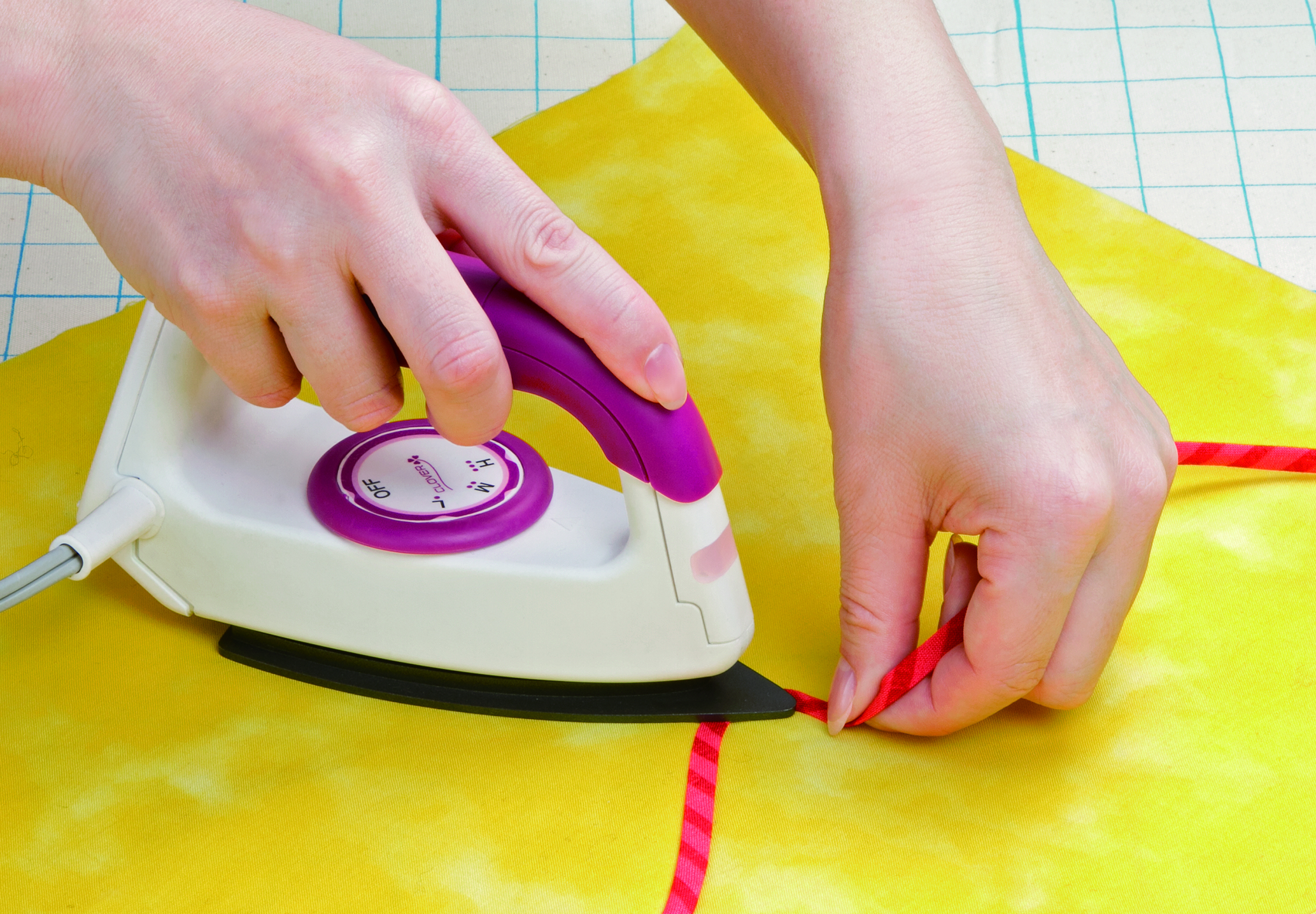
Wedge Iron (Art. No 9200)
Achieve the Best Results
Good pressing results in a finely finished product to match careful construction. To get a sharp flat seam, heat and moisture are required. It is a myth that a heavy iron helps, weight is not a factor in achieving a flat press and heavy pressing can distort shape and size of the pieces. Use steam rather than pressure to prevent layers from imprinting on the right side.
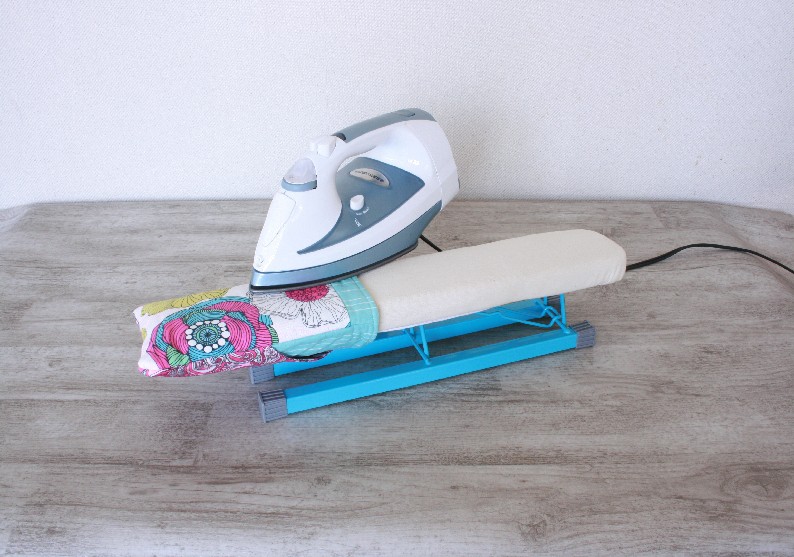
Open or Closed Seams
Historically, quilting seams were pressed to one side because it made a hand-stitched seam stronger and prevented cotton batting from drifting through stitches. Open or closed seam depends on design and fabric. Pressed open, however, will make it easier to stitch across matching seams.
Creases
Use a clapper to trap heat and moisture into the fibers for a sharper crease. (Optional: use white vinegar to take out creases or put them in). Press each seam twice! Once flat, merge stitches with fabric and then open to one side with the tip of your iron. 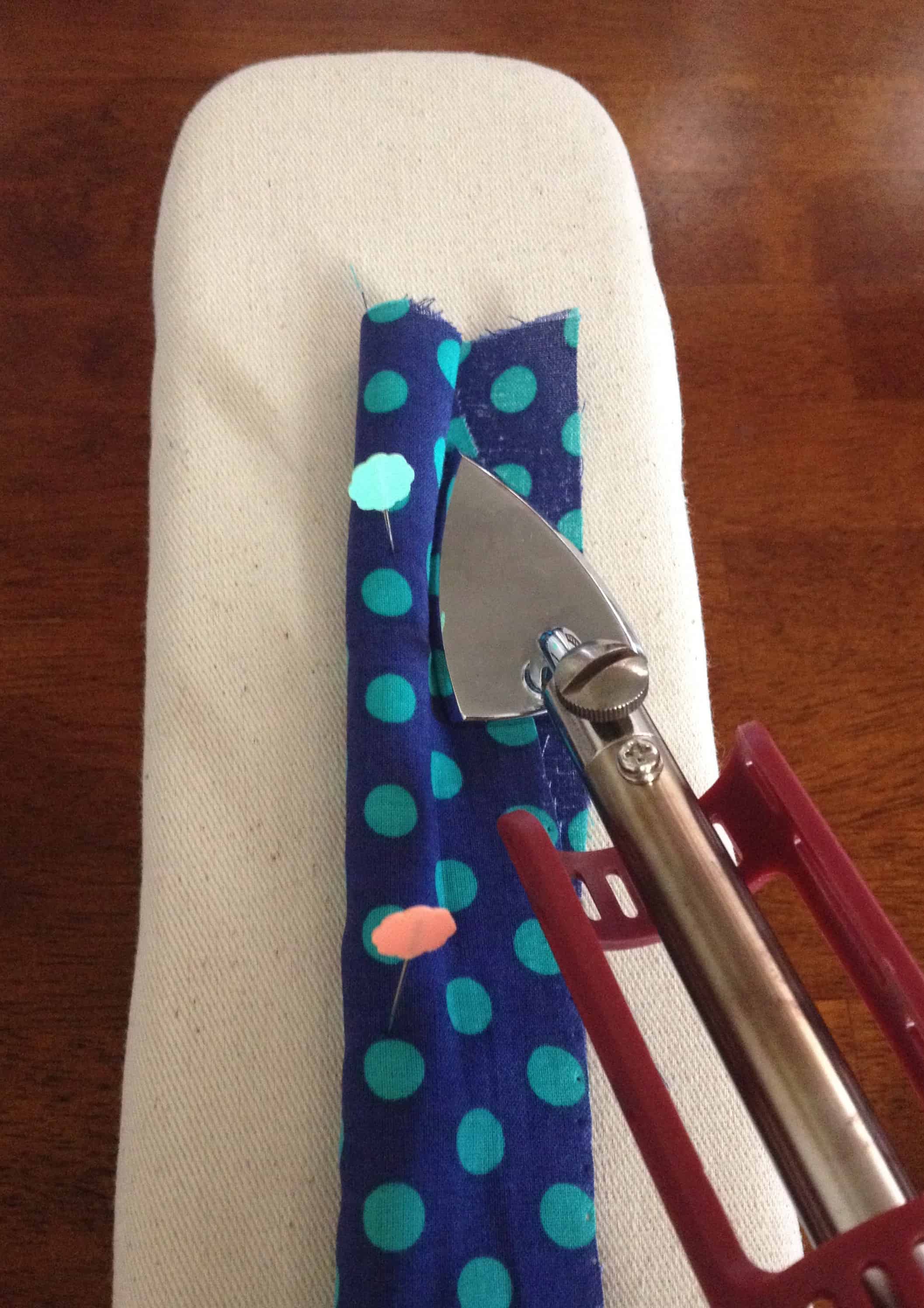
Mini Iron II (Art. No 9100)
When to Press
Your iron should get as much use as your sewing machine. Press as you go…if you wait until your project is completed it will be too late for well defined seams and edges…pressing will accomplish feats not possible with just sewing. Finger press while assembling…then final press. Place your iron near your machine but far enough make you get up!
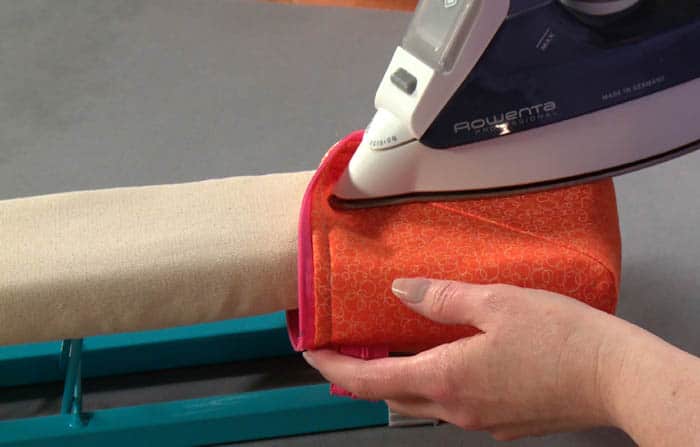
Pressing Surface
Cotton ironing board cover helps to prevent distortion and cotton, polyester or wool padding are good for absorbing moisture. Steady Betty™ is a great pressing surface option especially for bias…it prevents movement and seam impressions.
Steam
Use of steam is a personal choice …it speeds up process of ironing. Most irons will leak if not fully heated before use, some beep or have an indicator light. Steam is generated on higher temperatures. Irons tend to leak if you turn down the temperature while using steam setting.
Overfilling the water tank can also cause leaking. Know what type of water is required for your iron and what you have available in your area. Use of distilled water will make some irons leak and other irons require it. Steam generators are good if you are a serious user of steam…they are more powerful, hold more water; but have a longer heat-up time.
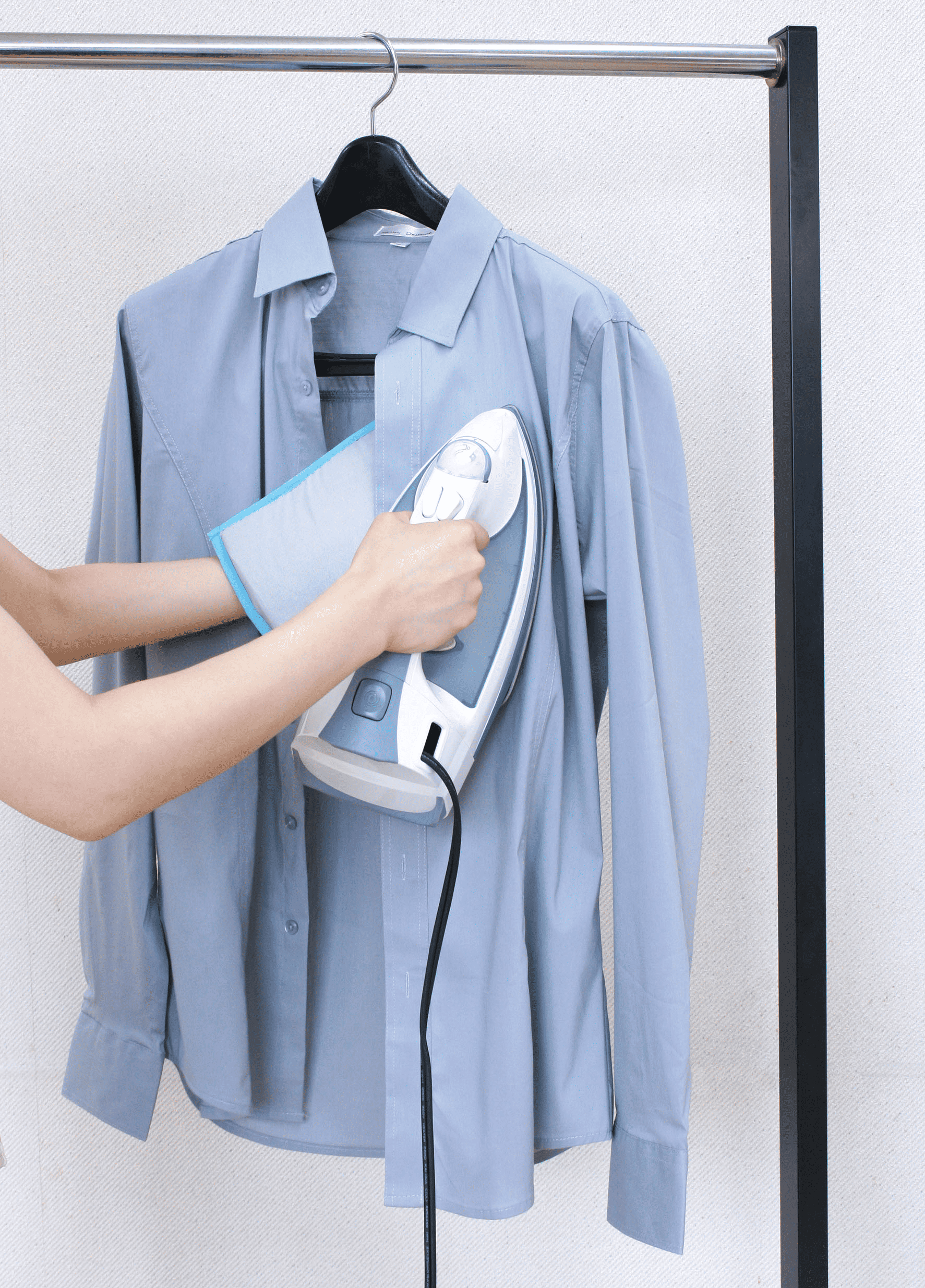
Touch Up Pressing Mitt (Art. No 7808)
Sole Plate
Cleaning of sole plate… there are lots of special soleplate cleaners on the market. If you are looking for the best home remedy, you can iron over wet table salt on a brown paper bag.
Iron Shine Cleaning Pen (Art. No 7810)
You can also learn about some basic pressing rules.
Tell us what you think about our new products on Facebook | Twitter | Instagram | Pinterest.

